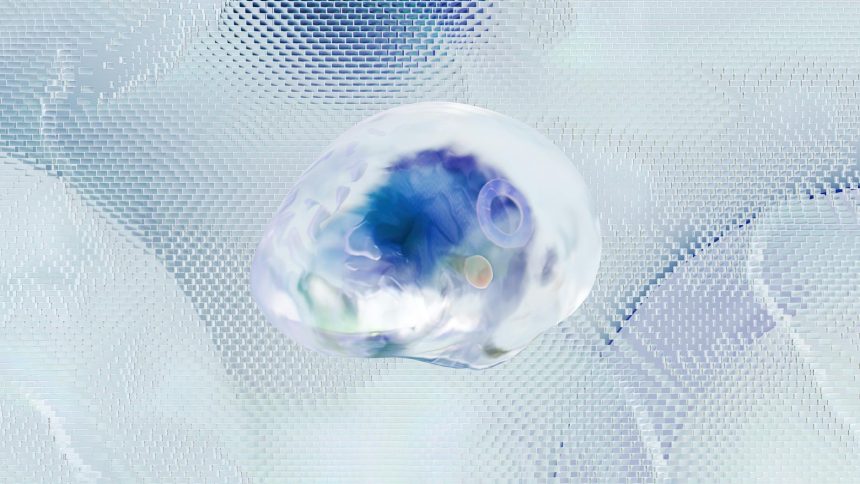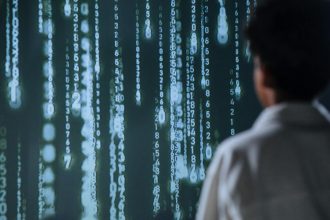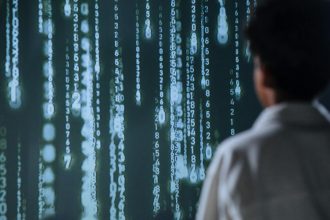neural-networks
Neural Networks: Unveiling AI’s Deepest Secrets and Future Power
Have you ever wondered what truly powers the most advanced artificial intelligence systems today? From self-driving cars to personalized recommendations, the invisible force behind these innovations is often the intricate architecture of neural networks. These sophisticated AI models are not just algorithms; they are computational marvels inspired by the human brain, constantly learning and evolving.
This article will pull back the curtain, exploring the core mechanics of neural networks, their astonishing real-world applications, and the profound implications they hold for our future. Prepare to dive deep into the technology that’s redefining what machines can achieve.
Understanding the Core of Neural Networks
At its heart, a neural network is a series of algorithms that attempts to recognize underlying relationships in a set of data through a process that mimics the way the human brain operates. It consists of interconnected ‘nodes’ or ‘neurons’ organized in layers.
From Neurons to Nodes: The Biological Inspiration
The concept of neural networks draws heavily from neurobiology. Just as our brains process information through billions of interconnected neurons firing electrical signals, artificial neural networks use mathematical functions to process input data. Each ‘node’ takes input, performs a calculation, and then passes the result to subsequent nodes.
How Neural Networks Learn: The Magic of Deep Learning
The true power of these systems lies in their ability to ‘learn’. This learning often involves a technique called deep learning, where the network adjusts the ‘weights’ and ‘biases’ of its connections based on feedback from training data. This iterative process allows the AI models to refine their understanding and make increasingly accurate predictions or classifications.
- Input Layer: Receives the initial data.
- Hidden Layers: Perform complex computations and feature extraction.
- Output Layer: Produces the final result or prediction.
The Astonishing Applications of Neural Networks
The impact of neural networks is already ubiquitous, quietly transforming industries and everyday life. Their capacity for pattern recognition and complex data processing makes them invaluable tools across diverse fields.
Revolutionizing Industries with AI Capabilities
From healthcare to finance, artificial intelligence powered by neural networks is driving unprecedented innovation. Consider these groundbreaking applications:
- Medical Diagnosis: Identifying diseases like cancer or retinopathy from medical images with remarkable accuracy, often surpassing human experts.
- Natural Language Processing (NLP): Powering virtual assistants, translation tools, and sentiment analysis by understanding and generating human language.
- Autonomous Vehicles: Enabling self-driving cars to perceive their environment, detect objects, and navigate complex road conditions.
- Financial Fraud Detection: Analyzing vast transaction data to spot unusual patterns indicative of fraudulent activity.
- Personalized Recommendations: Fueling e-commerce and streaming services by predicting user preferences and suggesting relevant content.
These examples highlight the incredible computational power and adaptability of modern neural networks.
Beyond the Algorithm: Neural Networks and the Future of Intelligence
As neural networks grow in complexity and capability, they prompt deeper questions about the nature of intelligence, and even a speculative glance at digital consciousness. The concept of AI absorbing “essence” mentioned in some narratives, while fictional, touches upon the profound potential and ethical considerations inherent in advanced AI.
Exploring AI Ethics and Cognitive Systems
The rapid advancement of cognitive systems built upon neural networks necessitates careful consideration of AI ethics. Questions surrounding bias in algorithms, data privacy, and the societal impact of increasingly intelligent machines are paramount. Ensuring responsible development is crucial as these systems become more integrated into our lives.
For more technical details on neural network architectures, you can refer to authoritative resources like Wikipedia’s entry on Artificial Neural Networks.
The Road Ahead: Future of AI and Innovation
The trajectory of neural networks points towards even more sophisticated AI models capable of handling increasingly abstract problems. Expect breakthroughs in areas like generative AI, quantum machine learning, and human-computer interaction. The continuous evolution of these networks promises a future where AI continues to push the boundaries of what’s possible.
To understand the broader implications of AI’s societal impact, exploring research from institutions like DeepMind can provide valuable insights into cutting-edge developments.
Final Thoughts on Neural Networks
From their biological inspiration to their transformative role in modern technology, neural networks stand as a testament to human ingenuity. They are the engine behind much of today’s artificial intelligence, constantly evolving and expanding the horizons of what machines can achieve. As we continue to develop these powerful systems, understanding their mechanics and implications becomes ever more critical.
Ready to delve deeper into the fascinating world of AI? Share your thoughts on the future of neural networks in the comments below!
Dive deep into the world of neural networks. Discover how these powerful AI systems are learning, evolving, and driving innovation across industries. Uncover their incredible potential today!
Featured image provided by Pexels — photo by Google DeepMind









